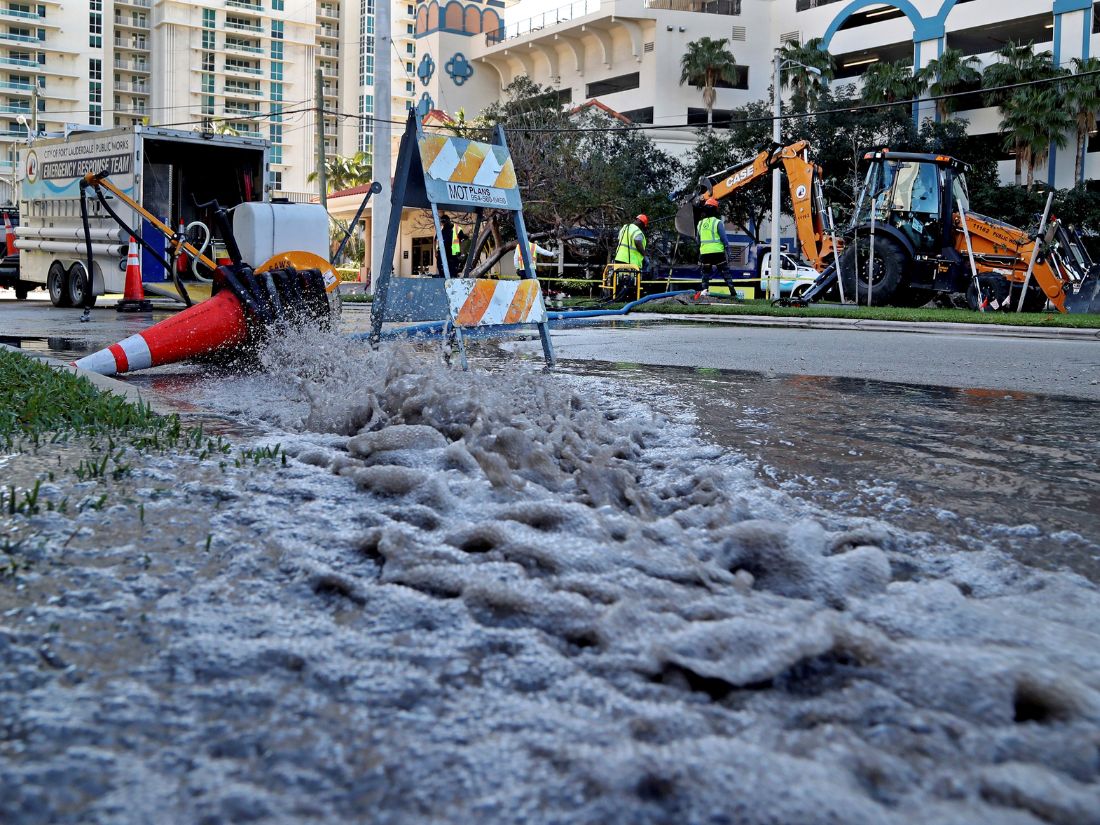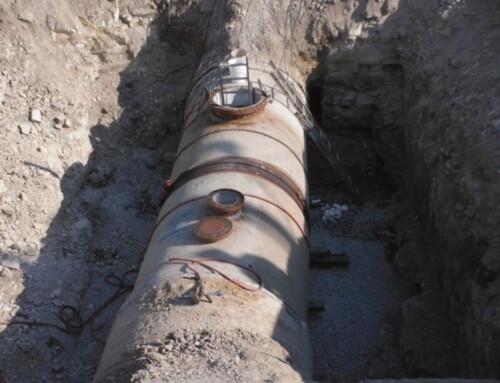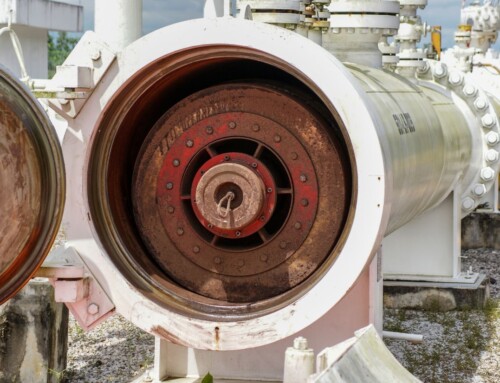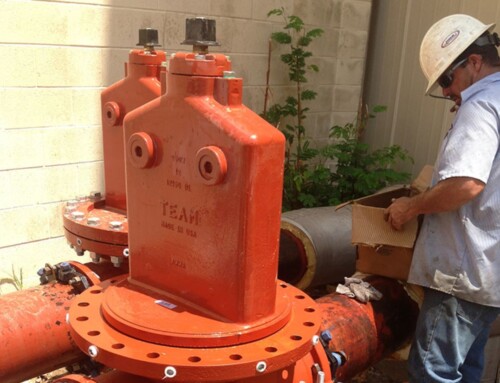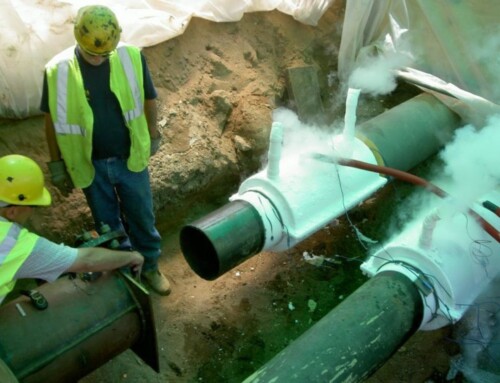Breaks in pipelines have often been associated with dramatic reactions in the form of big explosions or jets of fire, but in reality, pipeline leaks and breakages are typically much more subtle. In fact, you may not be able to tell if a pipeline is leaking because the gas it transports is colorless. To ensure your safety and help you understand when to call wet tapping services or hot tapping service company for repairs, you need to know the sight, sound, and smell of a pipeline leak.
The Sight
While fire can sometimes be involved in a pipeline leak, many of the gases and volatile liquids associated with these incidents are colorless and nearly invisible to the naked eye. The best way to spot leaks of these substances is to be aware of the pipeline’s surroundings. For instance, small leaks can be spotted by looking for dying or discolored vegetation in the area; this will be most noticeable if the pipe is in a naturally green environment. Furthermore, dangerous liquids can be more easily identified if they’ve created pools or puddles under the affected pipe. Sometimes, these liquids also have a sheen over their surface that appears like a rainbow, similar to a puddle of oil. You may also see raw sewage or water coming from a pipe or bubbling out of the ground.
One of the easiest ways to notice a pipe leak is by seeing if there is a sort of fog or haze from the affected pipe. The gas may be colorless, but dirt, dust, and debris may be kicked up and blown around as a result of the leak. At higher pressures, vapor or “ground frosting” may be visible, regardless of temperature.
The Sound
Depending on the size and nature of the leak, the associated sounds can range from a quiet hiss to a loud roar, or trickling of water. Underground leaks, however, may produce a gurgling or percolating noise. If you do hear sounds that indicate a leak, you should exit the area immediately instead of trying to pinpoint the leak. These sounds are often indicative that the leak is about to escalate quickly.
The Smell
The smell of a pipeline leak is typically the most distinct and easily recognizable characteristic. When a leak occurs, you might suddenly smell something akin to gasoline or an odor that’s overall unusual and unpleasant. While some highly volatile liquids are incredibly pungent, other volatile liquids, propane, and natural gas are typically odorless in addition to being tasteless and colorless. Odorants like Methyl Mercaptan are added to give the material an odor that smells similar to rotten eggs—it’s unpleasant and impossible not to notice. For water and wastewater leaks you may smell something similar to raw sewage.

